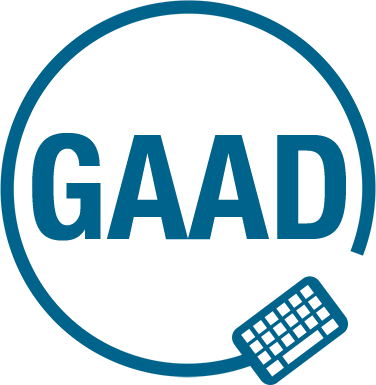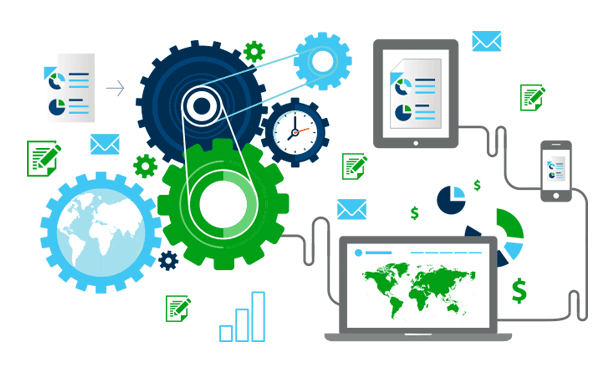Celebrating Global Accessibility Awareness Day
Published onThe need for digital accessibility is more significant than ever. Don’t believe us? Just look at these stats:
- About 16% of people in America use a screen reader.
- 96.3% of home pages are not WCAG compliant.
- 57% of downloadable U.S. government PDFs aren’t accessible.
These stats, and more, are why we celebrate Global Accessibility Awareness Day (GAAD) on the third Thursday in May. This day encourages the world, especially digital developers and designers, to explore their digital world’s accessibility or inaccessibility.
Let’s look at how one celebrates and observes digital accessibility.

What is GAAD?
Global Accessibility Awareness Day (GAAD) is a globally recognized event aimed at raising awareness about the need for digital accessibility. The goal is to get everyone “talking, thinking, and learning about digital access and inclusion.” This day also raises awareness about the people affected by a lack of digital accessibility. In fact, digital inaccessibility affects one billion people worldwide who have disabilities or impairments, the most common of which are visual, auditory, motor, and cognitive.
How did GAAD start?
This idea for Global Accessibility Awareness Day made its debut in a blog during the fall of 2011. Joe Devon, a web developer, wrote about his frustration surrounding the lack of accessibility efforts in the web developer community. “First,” he wrote, “let’s agree on a Global Accessibility Awareness Day. This will be a day of the year where web developers across the globe try to raise awareness and know-how on making sites accessible.”
Not long after, Jennison Asuncion, an accessibility professional, saw Devon’s tweet about his blog and appeal for GAAD. Devon simply said, “New blogpost: Accessibility needs to go mainstream now.” Asuncion was all for it and tweeted his support.
That simple, original tweet resulted in these gentlemen joining forces and creating one of the most widely recognized accessibility awareness initiatives.
What can I do?
First and foremost, participate.
Take time to experience digital accessibility first-hand. GAAD recommends setting aside an hour of your day to navigate your digital environment.
Unplug your mouse and rely solely on your keyboard for this experience. How quickly are you frustrated?
Turn your device’s sound off and watch a video. Are there captions so you can follow along and know what’s being said?
Then, if you’re feeling extra ambitious, turn off your screen and enable your device’s screen reader to navigate by sound. How quickly are you lost and find yourself turning on your screen?

Next, raise awareness.
Write a blog or share a post on social media about your experience. (Be sure to add alternative text to any pictures or screenshots you share!) Then, challenge others to do the same.
Share tools like WAVE that show whether digital content is accessible.
Are you already relying on assistive technology? Share what it’s like to navigate digital content with your tools. Record a video so your friends, family, and followers can see what it’s like to navigate digital content in that way.
Lastly, attend an event.
Offered both in-person and digitally, GAAD events spread awareness about the importance of global digital accessibility.
Ready to take your GAAD involvement to the next level? Host your own event next year!
Increase awareness.
Now that you know, it’s time to take action. Ensure your company or organization is taking strides toward digital inclusion. Tell your friends they can do the same. Also, be mindful of the digital content you share and make sure everyone has the opportunity to enjoy it.
Now that you know, you can make a difference. Have a happy GAAD!
Categorized in: Accessibility, Government, Health and Wellness, Informational, News and Events, Technology
This post was written by



Comments are closed here.